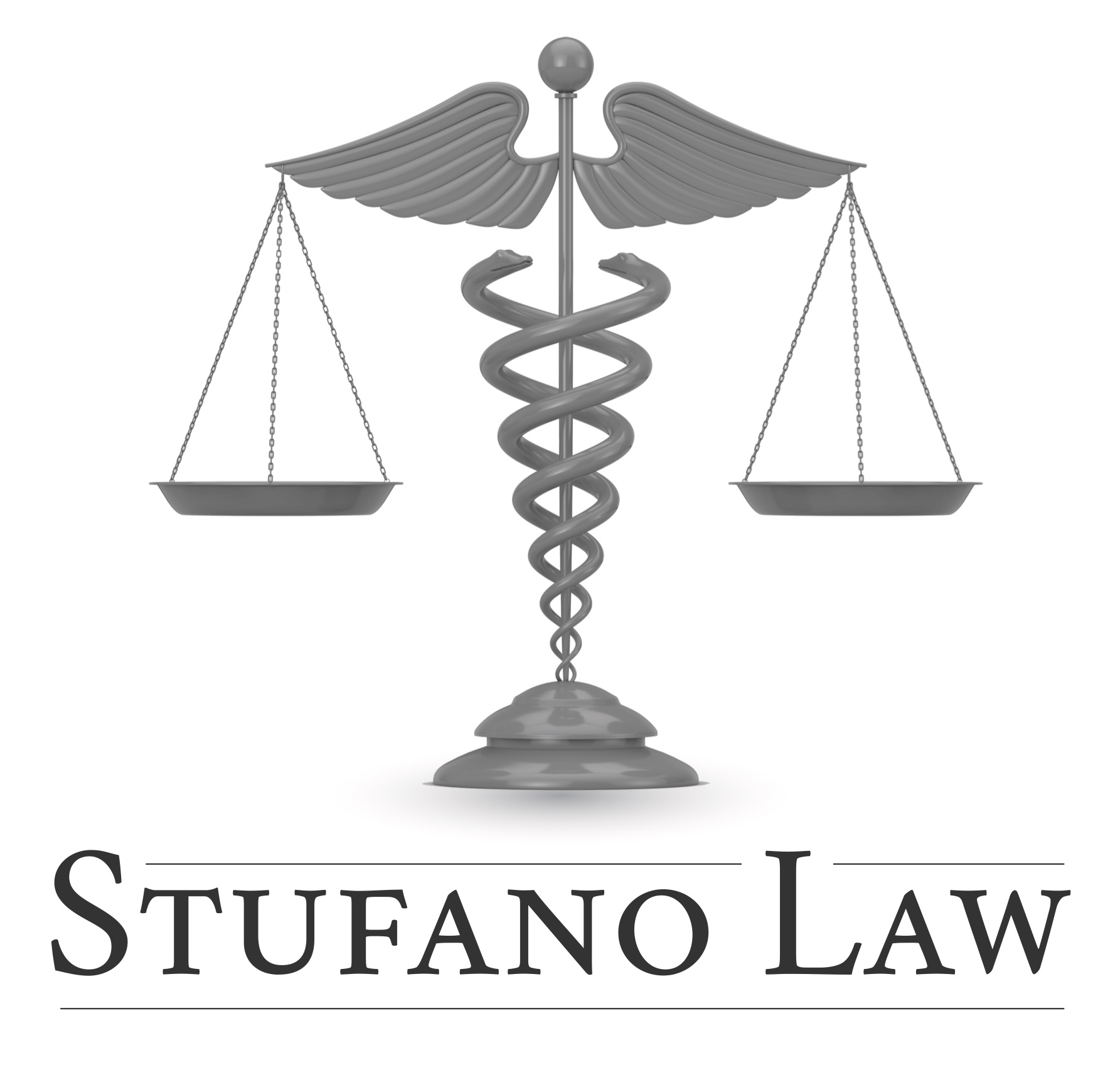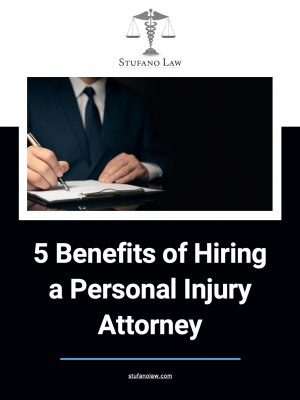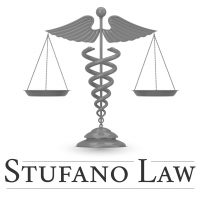While most people know what a car accident is, many are unaware of what the term secondary car accident means. Secondary crashes, often called chain reaction collisions, are relatively common and are a direct or indirect result of primary, also called original vehicle collisions. A significant portion of all traffic accidents occurring nationwide each year are a chain reaction resulting from other accidents, and people traveling at higher speeds on highways are particularly at risk. Understanding why they happen and what to do to avoid them is essential for keeping you and your passengers safe while traveling on roads and highways. Meet with a seasoned personal injury lawyer in Yonkers, New York, at Stufano Law by calling 914-752-7746 for more information if you were in a secondary car accident.
What Is a Secondary Car Accident?
According to the Federal Highway Administration, secondary accidents are subsequent collisions that result from motorist’s reactions or delayed reactions because of the original car crash. They occur shortly after and are usually close to the primary crash scene. While they are more likely to occur on highways, they can happen on any roadway. Factors contributing to secondary accidents are multifaceted. However, they commonly result from distracted driving, failure to adhere to road rules, or motorists aggressively attempting to navigate their way through traffic.
Secondary accidents often happen because a driver becomes distracted by the sight of another accident, which results in them colliding with another vehicle. With many accidents being secondary, understanding their causes and dangers cannot be overstated. It’s about more than just knowing the statistics. Drivers must use caution, implement changes, and prevent them from occurring.
What Causes Secondary Car Accidents?
Secondary car accidents account for a large portion of highway incidents. Understanding the factors contributing to these accidents to create effective preventive strategies is vital to traffic highway and road safety. Motorists nationwide commonly drive with distractions, making it a significant cause of severe and fatal vehicle collisions. Driver distractions fall into four groups: manual, visual, cognitive, and auditory. Visual distractions are one of the prominent causes of secondary car accidents. Drivers commonly get diverted by the sight of the original accident. This loss of focus and cognitive distractions also cause many chain-reaction crashes.
Traffic rules and regulations are in place to maintain an efficient traffic flow and minimize dangerous situations. Disregarding rules can induce highway chaos, leading to primary and secondary accidents.
Finally, aggressive driving, often seen by motorists attempting to weave through traffic recklessly, puts the driver and others around them at risk. The reckless approach brings about primary accidents and can spur secondary collisions. The resulting scenario is a series of avoidable accidents, leading to an increased potential for injuries, significant property damage, and regrettable loss of lives. Driving on the highways can be challenging, and the risk of secondary accidents is high. Continuous vigilance, adherence to the rules, and restraint from aggressive driving can substantially lower the risks. An experienced personal injury attorney at Stufano Law could help you recover damages after a secondary car accident.
Where do Secondary Vehicle Accidents Commonly Occur?
When considering secondary car accidents, it is essential to know the common locations where they can occur. These incidents are not limited to specific areas but can happen anywhere primary vehicle accidents occur. Here are some key places where secondary vehicle accidents commonly happen:
- Four-Lane Highways: Secondary car accidents frequently happen on four-lane highways due to high speeds and the proximity of vehicles.
- City Streets: Even on city streets, secondary accidents can occur quickly, especially during peak traffic hours.
- Intersections: Busy intersections are often the site of secondary vehicle accidents as vehicles merge and change lanes.
- Construction Zones: Construction zones are areas where secondary accidents can happen, given the changes in traffic patterns and narrowed lanes.
- Freeways: Highways or freeways with multiple lanes are prone to secondary accidents during heavy traffic or inclement weather conditions.
Secondary car accidents can occur in an instant, triggered by countless factors. They often result from a primary incident that sets off a succession of other accidents. The initial chain of events typically includes distracted driving, failure to adhere to road rules, and aggressive driving behavior. They regularly occur within four-lane highways or bustling city streets, but they could happen anywhere a primary vehicular accident happens. According to the New York State Department of Transportation, the events can also be deadly for highway construction crews.
How Dangerous are Secondary Collisions?
Secondary collisions pose a significant risk to motorists, pedestrians, cyclists, and everyone sharing the road. A motor vehicle accident typically doesn’t end with its onset. The primary collision often leads to subsequent collisions, owing to the vehicles’ momentum. Hence, a car might end up hitting other objects or people. For example, a secondary collision might involve striking a light pole, a tree, or a parked car. Whether it’s a primary or secondary accident, these accidents both share commonalities:
- Both cause injuries and damage
- Both are largely preventable
- Both require a concerted effort from all road users to minimize
Every driver must use caution while behind the wheel to avoid crashes and protect themselves and others from sustaining damages in avoidable accidents. When accidents happen on highways, they often lead to a multi-car collision. Furthermore, a vehicle colliding with a roadside barrier might be redirected into an adjacent traffic lane, causing further accidents. The collision escalates the severity and potentially fatal consequences of crashes, dramatically increasing the risk of substantial property damage and severe if not deadly, occupant injuries.
How to Avoid Secondary Accidents
While it is impossible to eliminate the risk of an accident entirely, there are preventive measures to reduce the chances of secondary accidents. Here are a few practices to consider:
- Remain focused: Avoid distractions like looking at other accidents on the road and stay vigilant for any sudden changes in traffic conditions.
- Stay aware: Be on the lookout for disabled vehicles, aggressive drivers, sudden stops, and debris on the road that could lead to a subsequent accident.
- Eliminate distractions: Never text or use your phone while driving, as these behaviors can significantly impair your ability to react quickly in emergencies.
By following these simple yet crucial tips, drivers can significantly reduce the likelihood of being caught in a secondary car accident. Remember, staying attentive and proactive on the road can make all the difference in ensuring a safe and incident-free journey.
Frequently Asked Questions
Answers to some of the common questions regarding secondary car accidents include:
What are some strategies to avoid secondary car accidents?
Drivers should stay alert, maintain a safe following distance, anticipate potential hazards, and be ready to react quickly. Avoiding distractions, using caution, and adhering to traffic safety rules help ensure primary and secondary collisions.
Where do secondary car accidents often occur?
Secondary car accidents can occur anywhere. However, they frequently happen on four-lane highways, city streets, intersections, construction zones, and freeways due to the high volume of traffic and potential hazards present in these locations.
Call an Experienced Car Crash Attorney in Yonkers, New York Today
Secondary car accidents are a real threat to motorists on the roads. Sometimes, they are consequences of primary accidents. However, the collisions are also usually the result of a lack of focus and respect for traffic rules. Such incidents can lead to multi-car collisions and severe injuries, making it vital for motorists to remain vigilant and cautious. Minimizing distractions and avoiding getting fixated on accidents can reduce the chances of secondary accidents. Every driver’s commitment to road safety plays a significant role in preventing these secondary mishaps. Call an experienced personal injury lawyer at Stufano Law, 914-752-7746, for help after a secondary car accident.





